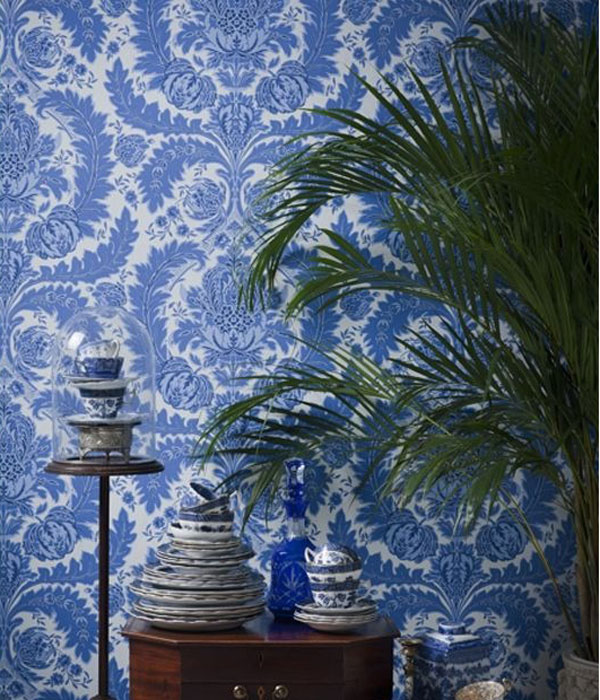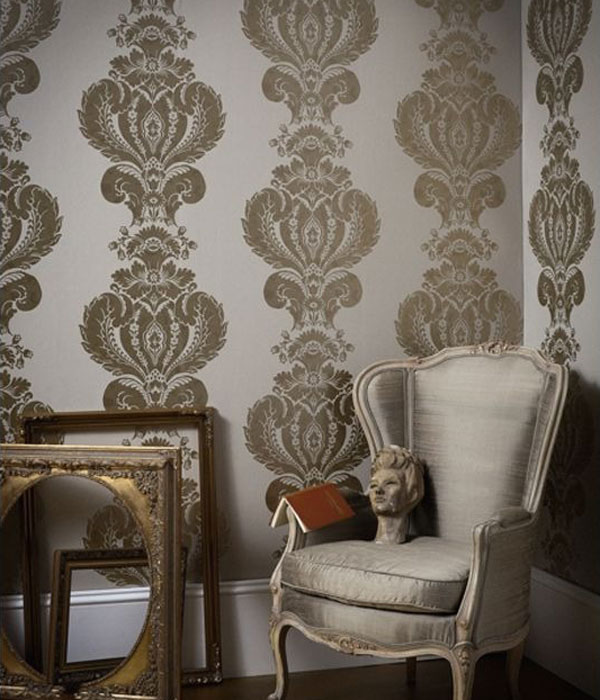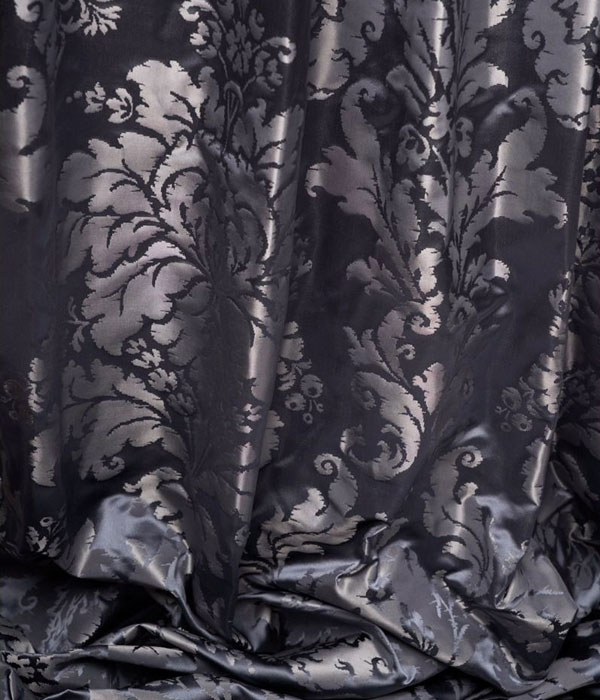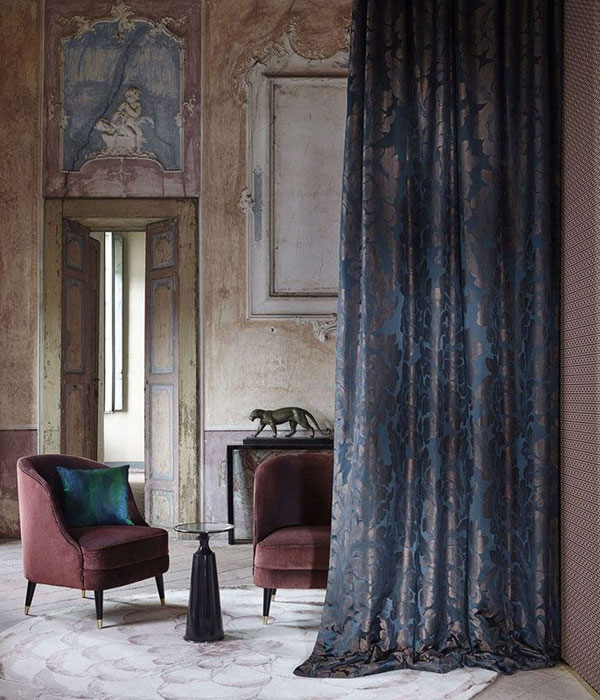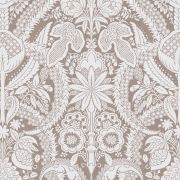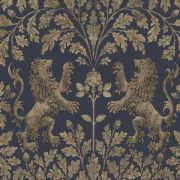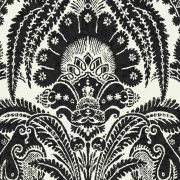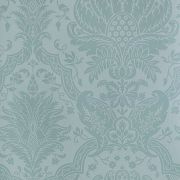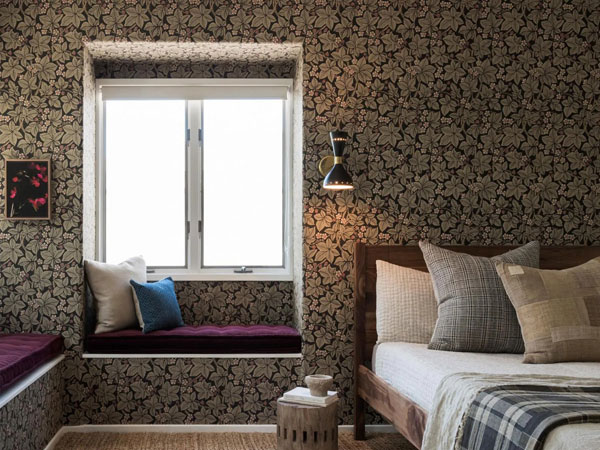Damask wallpaper is one of the best known historical wallpaper patterns and it continues to grow in popularity. Here's how damask patterns have evolved and why they're here to stay.
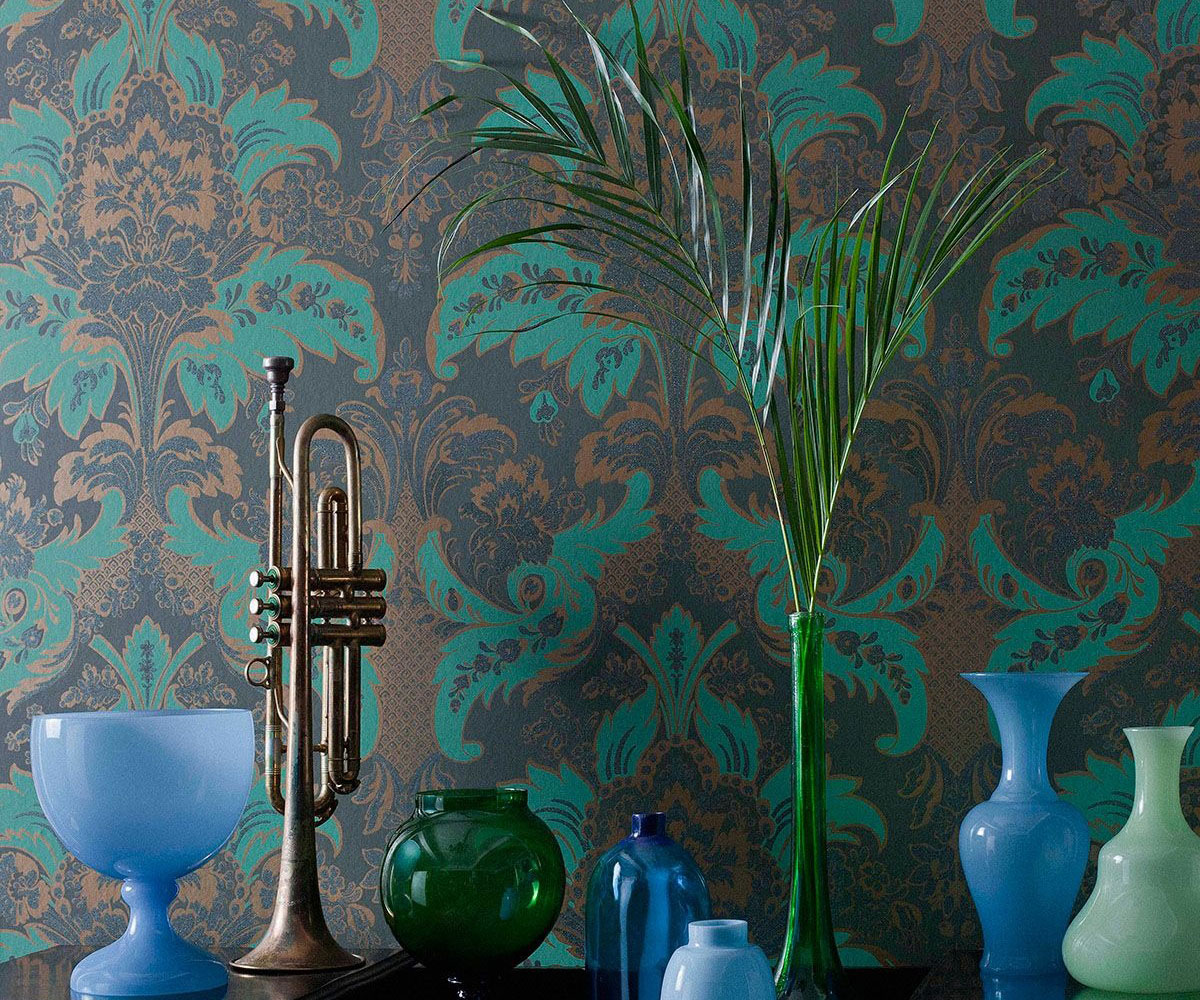

Damask Wallpaper History
The earliest paper wall-hangings imitated the tapestries that came before them and therefore the textile designs. One of these was damask.
The earliest known wallpaper is thought to be a damask, according to the V&A. It was found in Master's Lodge in Christ's College, Cambridge. It is traditionally dated to around 1509 but is more probably late 16th century. It has a pomegranate design derived from a fabric.
Wallpaper became popular in Britain during the reign of Henry VIII after his excommunication from the catholic church. Tapestries were more difficult to import as there was less trade with Europe. This increased interest in wallpaper.
Later, Oliver Cromwell's firm hand soon put a stop to wallpaper sales. He viewed them as a frivolous indulgence. The restoration of Charles II then saw demand boom as the puritanical shackles were thrown off.
Hand-painting, woodblock painting and stencilling were the main techniques for creating patterns on wallpapers. This was up until 1700 when new methods were introduced.
The woodcut technique of printing became popular amongst up and coming gentry during the Renaissance. Tapestries, however, remained the mark of the aristocracy.
Silk Damask Fabric
Damask design comes from the reversible pattern woven fabric. It is reversible precisely because the pattern is woven with the fabric.
It was common to use one colour fabric where the pattern appears silky and the ground matte. This is done through one warp yarn and one weft yarn. This style was one of the five basic weaving techniques of the early Middle Ages. Damask fabric was often made of silk and considered a luxury.
It also used a variety of patterns like fruit, flowers and animals. Later, there was even more variety like monograms, shields and full scenes.
The scrolled motif is based on stylised acanthus leaves and feathers. These were popularised during the Renaissance period and remain the most popular damask design.
Increasingly, more colours were also introduced into damask, gold was a particular favourite. Silk, however, lost its value as a key item of trade and currency. This led to a decrease in damask production.
Then in the 14th century, draw looms brought damask fabric back into favour in Italy. The one colour damask patterns were once again in vogue. This trend then spread across Europe.
Georgian Homes
A few years before the Georgian era, in 1712 a wallpaper tax was introduced in Britain. This wasn't lifted until 1836.
During this time, Britain was leading the charge on wallpaper manufacturing in Europe. The Seven Years' War and Napoleonic Wars, however, did cause some disruption to trade and production.
By the Georgian era, Britain had developed their own silk-weaving industry. As a result, damask fabric distinguished the gentry apart. It was shown on upholstery and tapestries alike.
It was known as The Age of Elegance with perfect proportions and balanced colours at the fore. Damask fit in perfectly.
In the same period, flock wallpaper had become popular in France. It used waste fabric to create a velvet effect on wallpaper. This was also often done in a damask pattern.
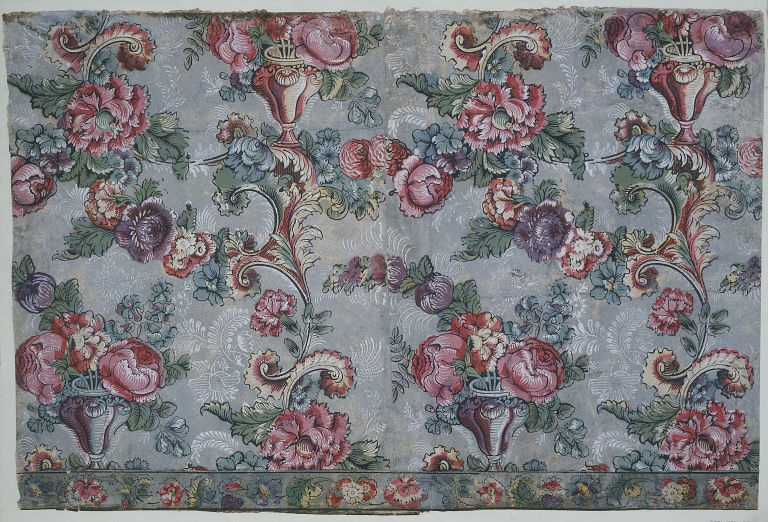

Victorian Damask Wallpaper
In 1840 roller-printing wallpaper replaced hand-printing techniques. This meant that production became cheaper and much quicker.
This new affordability trickled down to the consumer and the Victorian period saw a boom in damask wallpaper. Now, the aspirational classes could introduce damask into their homes.
The early Victorian era was about strong colours and larger designs. In contrast, the following Edwardian period saw less colour and more subtlety.
Contemporary Damask Wallpaper
Since then traditional wallpaper designs have been re-imagined using modern printing methods and in a range of bold colours. Damask wallpaper has also seen further innovations in its content and texture.
Cole & Son creative director, Shauna Dennison, spoke to The Telegraph about their Marinsky Damask wallpapers. She said, “Although damask is a traditional motif, we like to have fun and recreate these grand old papers using either a more modern or a more surprising technology.”
“I think we’ve been quite brave in reintroducing the flock print. It is an old technique, originally devised to mimic velvet, and has very traditional connotations.
“However, with the use of colour we have tried to make it more interesting, with pearly grey on black, for example, or rich marine blue.”
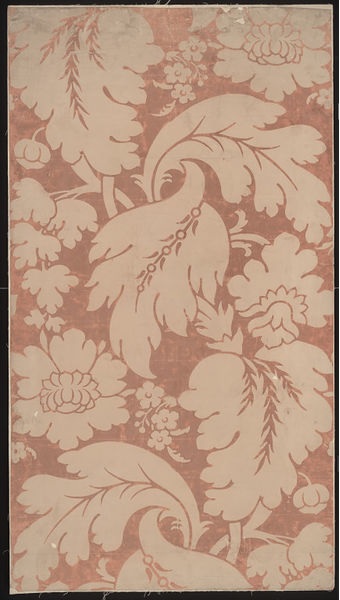

The long history and popularity of damask wallpaper is clearly cultural but also simple. It's adaptable. It has changed so many times it can fit a property of any age. Damask wallpaper offers a classic pattern that allows an interior to be true to its time with a contemporary twist. It has also been used to tie together many a colour scheme. It's unlikely damask wallpapers will be going out of style any time soon. New designs are being created every season and there seems to be no shortage of inspiration.
Shop Our Most Popular Damask Wallpaper Designs
You May Also Enjoy Reading...
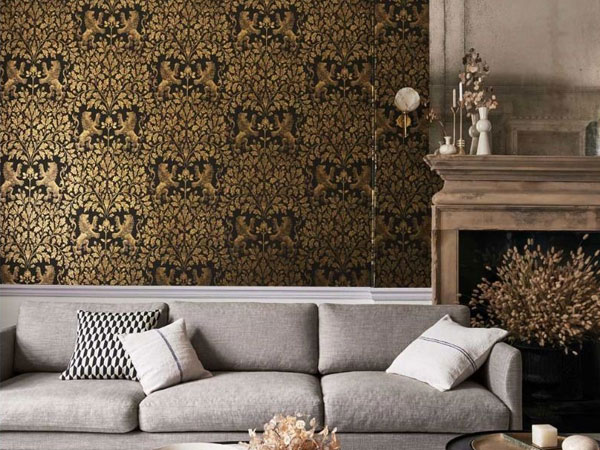

How To Use Damask Wallpaper
Thanks to new production techniques there has been a growing demand ever since Victorian damask wallpaper boomed in popularity. Its enduring success continues today; here's how to use damask wallpaper in your home...
(Header image is Gisele Damask Wallpaper. Historical wallpaper from V&A Collections.)
- paypal
- visa
- mastercard
- amex

